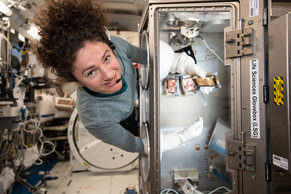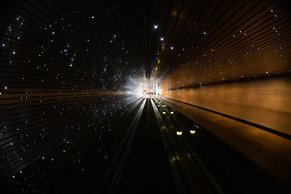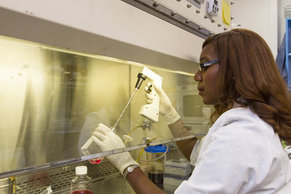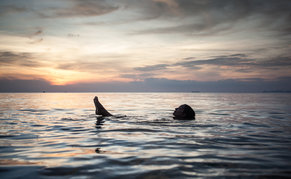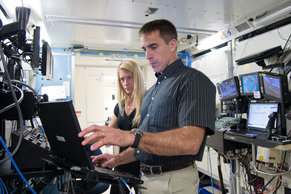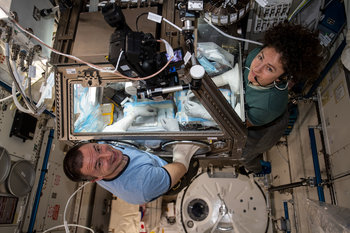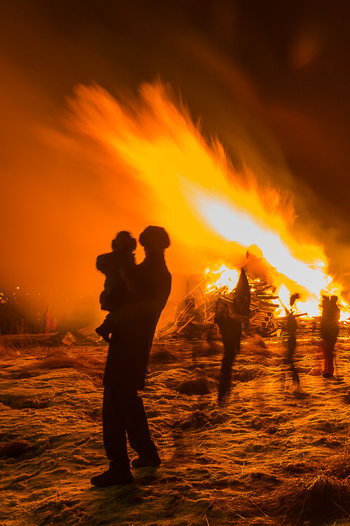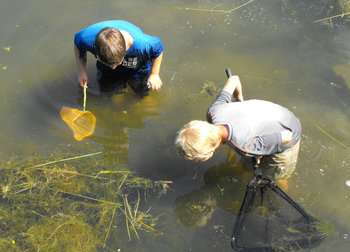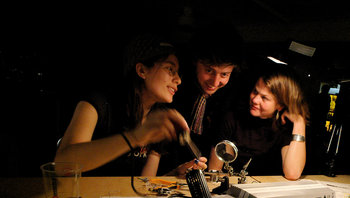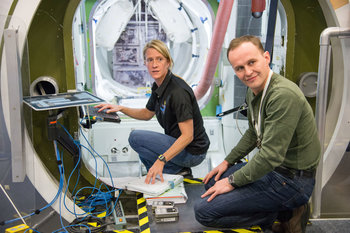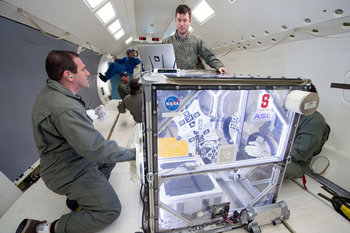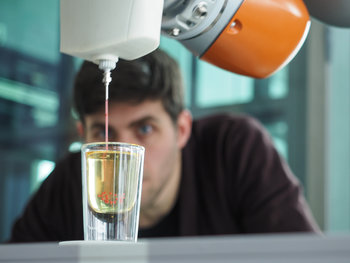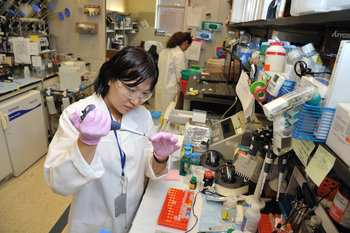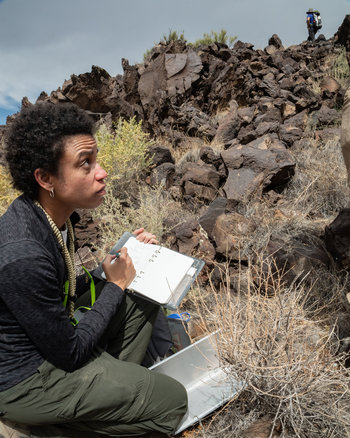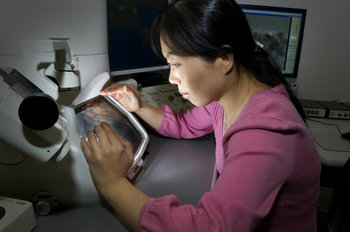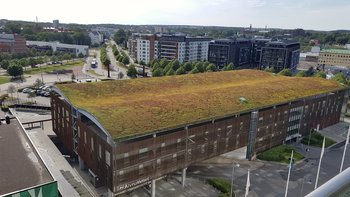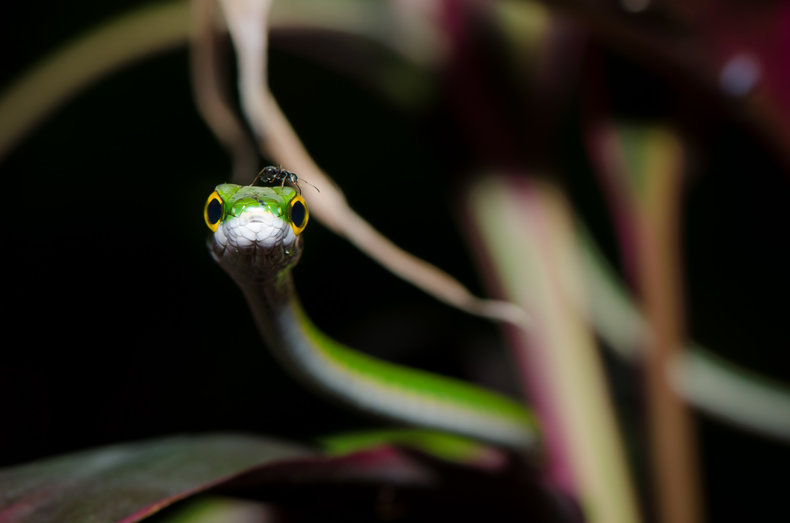
Mammals
Mammals are warm-blooded vertebrate animals with hair or fur that birth live young. They also have other unique characteristics such as females that produce milk and a brain with a neocortex. Mammals are intelligent and their ability to regulate their body temperature allows them to adapt to any climate.Aardvarks | Anteaters |
Armadillo | Baboons |
Badgers | Bats |
Bears | Beavers |
Bison | Bobcats |
Camels | Capybara |
Caribou | Cats / Wild Cats |
Cheetahs | Chipmunks |
Cougars | Cows |
Coyotes | Deer |
Dogs / Wild Dogs | Dolphins |
Donkeys | Elephants |
Flying Foxes | Foxes |
Gazelles | Gibbons |
Giraffes | Goats / Mountain Goats |
Gophers | Gorillas |
Groundhogs | Hares & Jackrabbits |
Hedgehogs | Hippopotamuses |
Horses | Hyenas |
Impalas | Jaguars |
Kangaroos | Koalas |
Lemmings | Lemurs |
Leopards | Lions |
Llamas | Lynx |
Manatees | Mandrills |
Meerkats | Mice |
Mongoose | Monkeys |
Moose | Mountain Lions |
Narwhals | Nutria |
Opossums | Orangutans |
Orcas | Otters |
Oxen | Pandas |
Pigs / Hogs | Platypuses |
Polar Bears | Porcupines |
Porpoises | Prairie Dogs |
Pumas | Rabbits |
Raccoons | Rats |
Rhinoceros | Sea Lions |
Seals | Sheep |
Skunks | Sloths |
Squirrels | Tamarins |
Tapirs | Tasmanian Devils |
Tigers | Wallabies |
Walruses | Water Buffalo |
Whales | Wildebeests |
Wolverines | Wolves |
Wombats | Yak |
Zebras |
Reptiles
Reptiles are cold-blooded animals which lay eggs and have skin covered with hard-plates such as scales. These emerged 310–320 million years ago, much earlier than mammals at about 195 million years ago. A diverse group of reptiles known as the Dinosaurs once dominated every continent on Earth.Alligators | Bearded Dragons |
Caimans | Chameleons |
Cobras | Crocodiles |
Geckos | Iguanas |
Komodo Dragons | Lizards |
Monitor Lizards | Pythons |
Thorny Devils | Tortoises |
Tuataras | Turtles |
Vipers | Water Snakes |
Worm Lizards |
Amphibians
Amphibians are cold-blooded vertebrate animals that have an aquatic gill-breathing larval stage followed by a terrestrial lung-breathing adult stage.Bullfrogs | Frogs |
Newts | Salamanders |
Toads |
Birds
Birds are a group of warm-blooded vertebrates that typically have feathers, toothless beaked jaws, a high metabolic rate and a strong lightweight skeleton. Birds lay eggs and can often fly. All birds are dinosaurs and are the only living dinosaurs.Albatrosses | Auklets |
Bitterns | Blackbirds |
Bluebirds | Budgerigar |
Canaries | Chickadee |
Chickens | Condors |
Cormorants | Cowbirds |
Cranes | Crows |
Cuckoos | Doves |
Ducks / Mallards | Eagles |
Egrets | Emu |
Falcons | Finches |
Flamingos | Flycatchers |
Goldeneyes | Goldfinches |
Grackles | Grebes |
Grosbeaks | Guinea Fowls |
Gulls | Harriers |
Hawks | Herons |
Hummingbirds | Ibises |
Jays / Blue Jays | Kingbirds |
Kinglets | Kites |
Kiwis | Larks & Bitterns |
Longspurs | Loons |
Lovebirds | Magpies |
Merlins | Nightingales |
Nightjars | Ospreys |
Ostriches | Owls |
Parakeets | Parrots |
Peacocks | Pelicans |
Penguins | Petrels |
Pewees | Phalaropes |
Pigeons | Plovers |
Puffins | Quails |
Ravens | Roadrunners |
Robins | Sandpipers |
Sapsuckers | Shearwaters |
Shrikes | Songbirds |
Sparrows | Storks |
Swallows | Swifts |
Tanagers | Teals |
Toucans | Turkeys |
Turnstones | Vultures |
Warblers | Woodpeckers |
Wrens |
Fish
Fish are aquatic animals with gills that lack limbs with digits. Most but not all fish are cold-blooded.Anchovy | Angelfish |
Angler | Arctic Char |
Barracuda | Bass |
Bitterling | Bluefish |
Bream | Carp |
Catfish | Clownfish |
Cod | Dragonfish |
Eels | Goatfish |
Goby | Goldfish |
Groupers | Guppy |
Haddock | Herring |
Hogfish | Kingfish |
Lionfish | Lungfish |
Mackerel | Mahi-mahi / Dolphinfish |
Monkfish | Perch |
Pike | Pollack |
Pufferfish | Rays / Stingrays / MantaRays |
Salmon | Sawfish |
Sharks | Sole |
Sturgeon | Sunfish |
Swordfish | Toadfish |
Trout | Tuna / Bonito |
Crustaceans
Crustaceans are a group of mostly aquatic animals that are characterized by a segmented body and a tough exoskeleton. They typically have a variety of appendages that each are divided into two parts. Crustaceans have an extensive fossil record that goes back about 500 million years.Amphipods | Barnacles |
Brine Shrimp | Copepods |
Crabs | Crayfish |
Krill | Lobsters |
Mantris Shrimp | Prawns |
Sand Fleas | Shrimp |
Woodlice |
Insects
Insects are a diverse group of animals that typically have an exoskeleton, three-part body, six legs, compound eyes and a pair of antennae. They are the largest group of animals that constitute more than half of all species. Insects are relatively small due to the limitations of their blind-ended tracheal respiratory system whereby a relatively large insect would require a high oxygen atmosphere.Ants | Aphids |
Assassin Bugs | Bedbugs |
Bees | Beetles |
Black Flies | Butterflies |
Caddisflies | Cicadas |
Cockroaches | Crickets |
Damselflies | Dragonflies |
Earwigs | Fleas |
Flies | Gnats |
Grasshoppers | Icebugs |
Ladybugs | Leafhoppers |
Lice | Locusts |
Mantids | Mantis |
Mayflies | Mealybugs |
Midges | Mosquitos |
Moths | Sawflies |
Spiders | Stinkbugs |
Stoneflies | Termites |
Walkingsticks | Wasps |
Water Striders | Weevils |
Mollusks
Mollusks have a soft unsegmented body dominated by a large cavity known as a mantle. They live in aquatic or damp habitats and most have an external shell.Abalones | Clams |
Cockles | Conches |
Cuttlefish | Mussels |
Octopus | Oysters |
Scallops | Sea Butterflies |
Shellfish | Shipworms |
Slugs | Snails |
Squids |
Arachnids
Arachnids are joint-legged invertebrate animals that mostly have eight legs whereas adult insects have 6 legs. They also lack the antennae and wings of insects.Mites | Pseudoscorpions |
Scorpions | Spiders |
Ticks |

